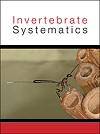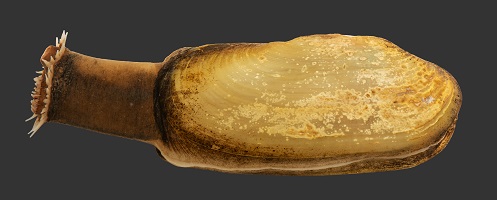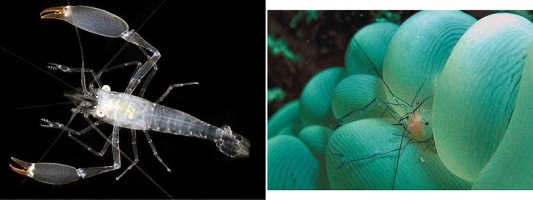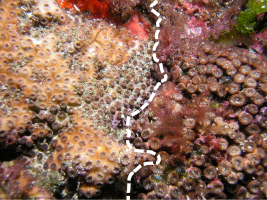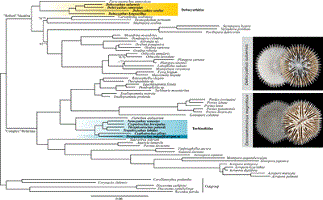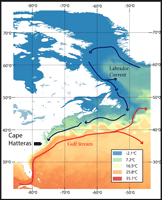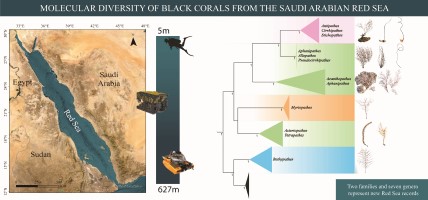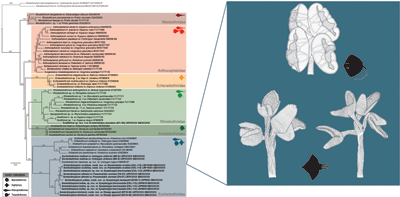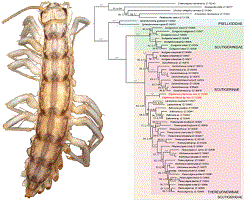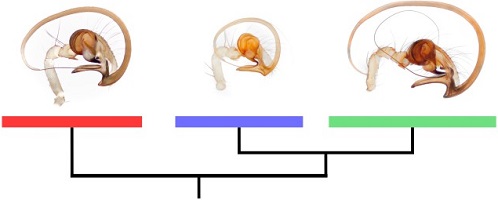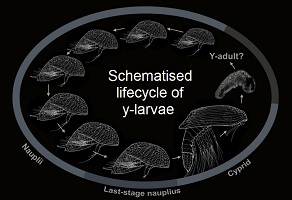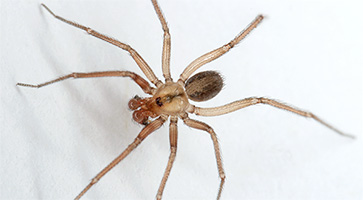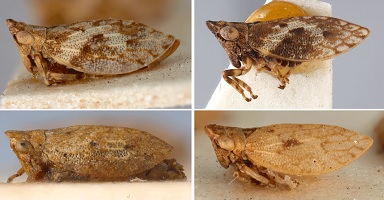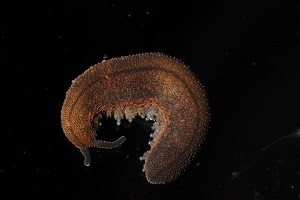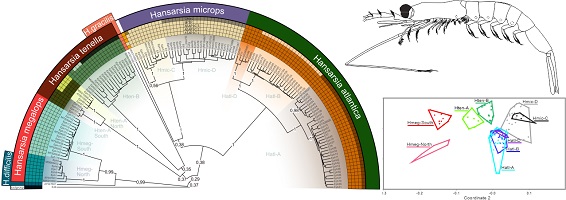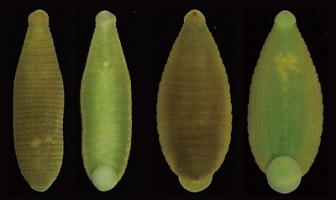IS24024Molecular phylogeny reveals Cenonovaculina gen. nov. (Adapedonta: Pharidae), a new freshwater razor clam genus from Indochina
The taxonomic status of the freshwater razor clam Novaculina siamensis Morlet, 1889 is determined using molecular and morphological analyses. Phylogenetic analyses placed the species separately from other currently recognised Novaculina species. Additionally, N. siamensis also possesses distinct morphological characteristics including fused, fringed siphons instead of separated, smooth siphons, as found in the type species of Novaculina s.s. Therefore Cenonovaculina gen. nov. is proposed to accommodate ‘N. siamensis’. (Image credit: Kongkit Macharoenboon.)


